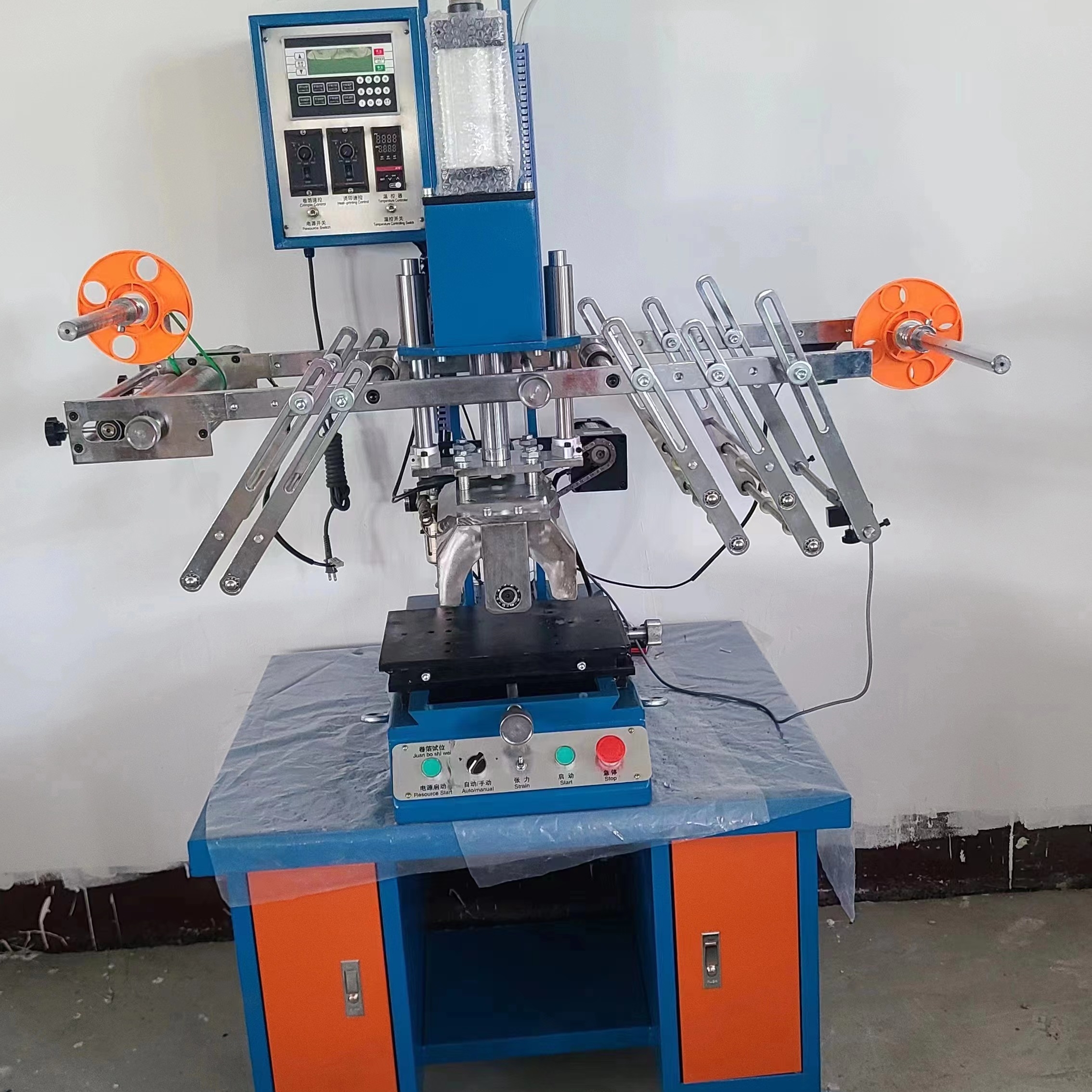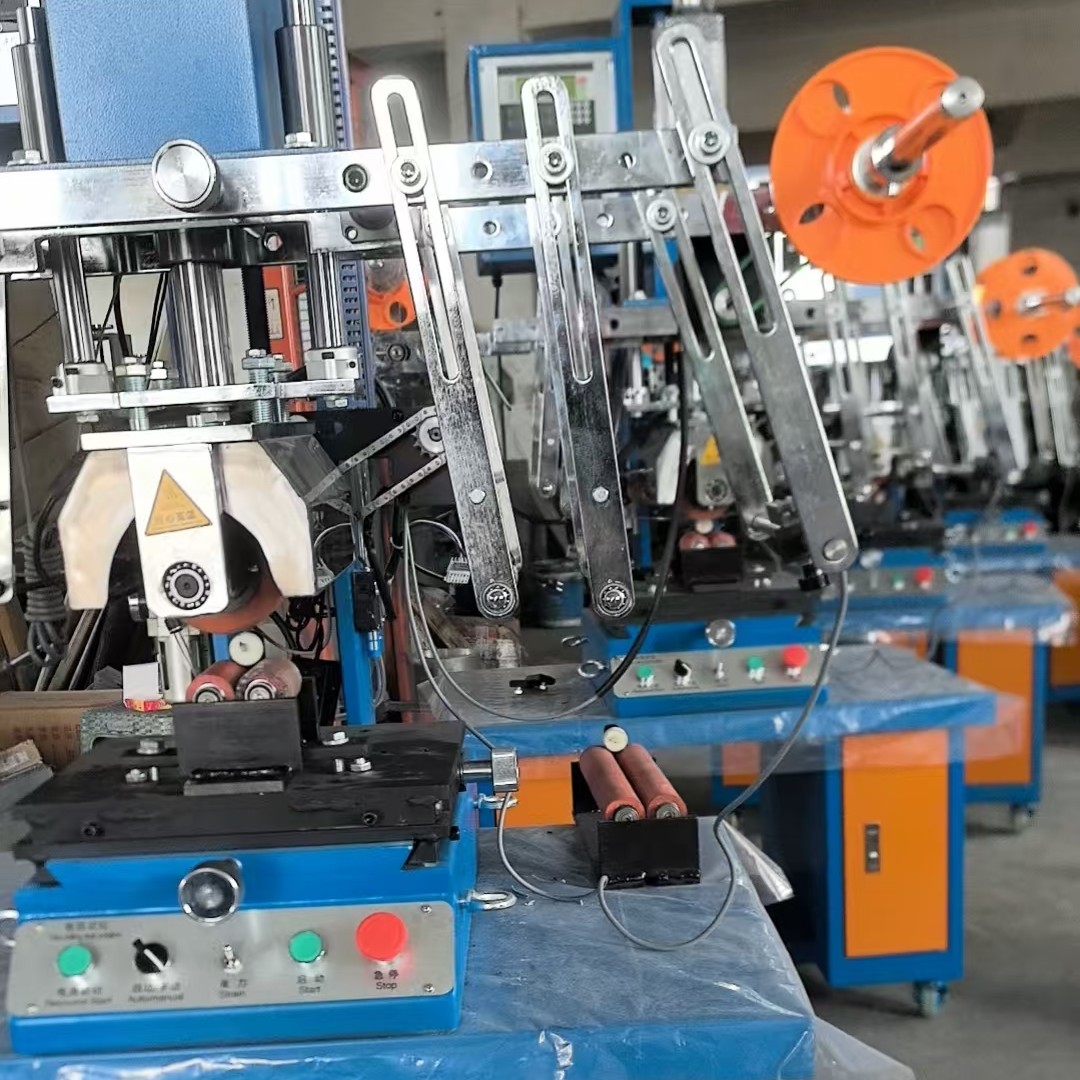
1. High Efficiency
-
Rapid Heat Transfer: Utilizes advanced thermal conductors (e.g., heat pipes, thermal fluids) to quickly move heat from a source to a target, minimizing energy loss.
-
Energy Savings: Optimized heat exchange processes reduce power consumption, lowering operational costs.
2. Precise Temperature Control
-
Stable Thermal Management: Critical for industries like semiconductor manufacturing or food processing, ensuring consistent product quality.
-
Automated Adjustments: Integrated sensors and smart controls dynamically regulate heat flow, preventing overheating or insufficient heating.
3. Versatility
-
Broad Applications: Suitable for heating, cooling, or temperature maintenance across industries (e.g., chemical, electronics, textiles).
-
Multi-Media Compatibility: Works with gases, liquids, or solids, adapting to diverse operational needs.
4. Reliability & Durability
-
Low Maintenance: Robust design with minimal moving parts reduces downtime and repair costs.
-
Long Service Life: Constructed with corrosion/heat-resistant materials (e.g., stainless steel, ceramics) for sustained performance.



Post time: Aug-08-2025
